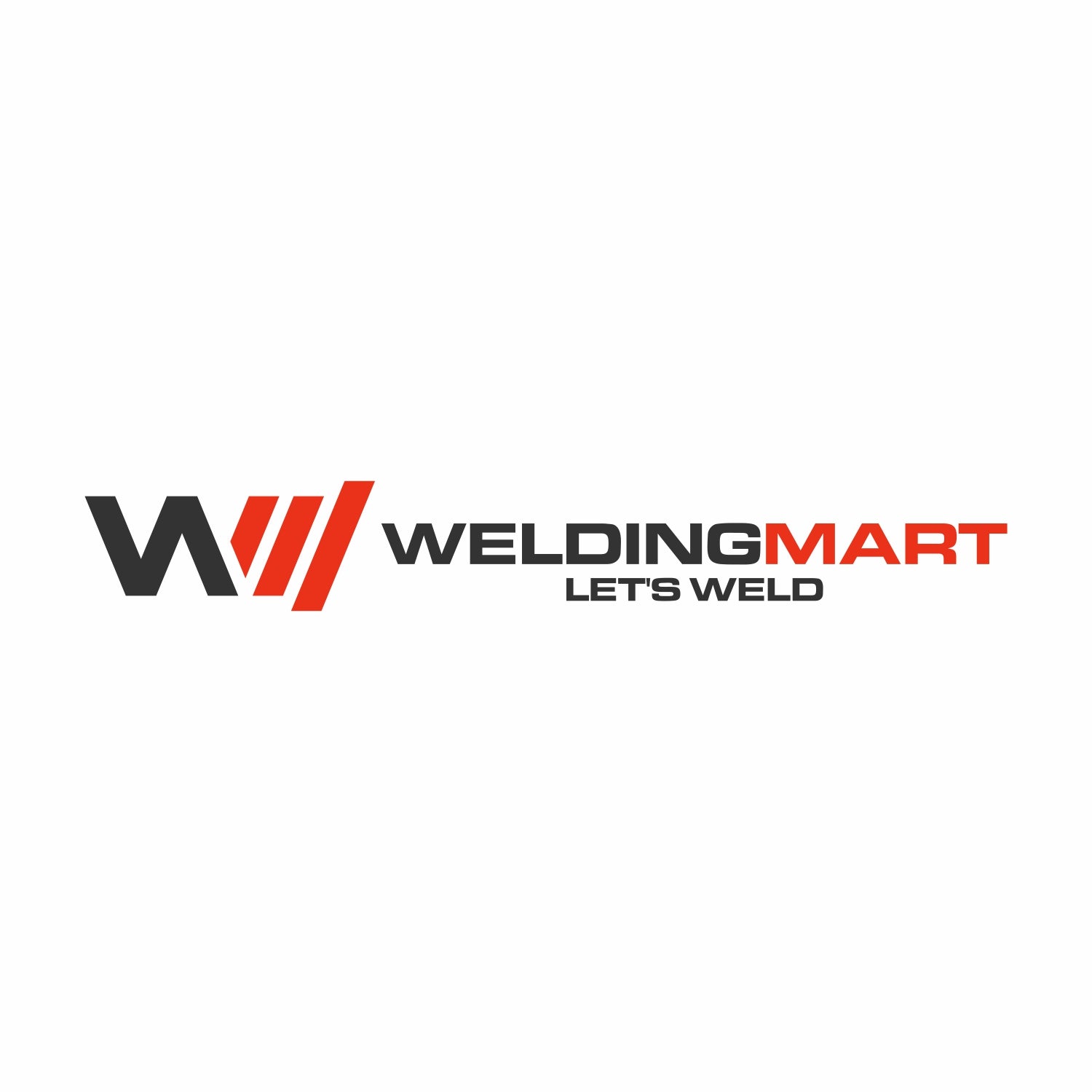Explore our premium collection of gas hoses at WeldingMart, designed to ensure safe and efficient gas flow in all your welding and cutting applications. Our high-quality gas hoses are essential for professional welders and industrial tasks, offering unmatched durability and flexibility. Made from robust materials, these hoses are built to withstand the demands of intense work environments, ensuring long-lasting performance and safety. Whether you need hoses for oxy-fuel welding, cutting, or brazing, our selection includes various sizes and configurations to meet your specific needs.
-
Harris All Fuel Gas Twin Welding Hose, T-Grade 3/16" x 12.5' A&B - 4300771
$80.63Unit price /Unavailable -
Harris 25 ft Black Laser Assist Gas Hose , 1/2"X25' - 3/4-16 - W/FITTING - 4300769
$371.22$371.50Unit price /Unavailable -
Harris Twin Acetylene Welding Hose, R-Grade, B&B, 3/16 in. x 12 ft. - 4300556
$62.12Unit price /Unavailable -
Harris All Fuel Gas Twin Welding Hose, T-Grade 3/16" x 20' A&B - 4300772
$99.83Unit price /Unavailable -
Harris All Fuel Gas Twin Welding Hose, R-Grade 3/16 in. x 20 ft. B&B - 4300499
$78.60Unit price /Unavailable -
Harris Twin All Fuel Gas Welding Hose, Grade "R", B&B, 1/4" x 50' - 4300530
$165.37Unit price /Unavailable -
Harris Single Inert Gas Hose - 4300138
$48.05Unit price /Unavailable -
Harris Twin T-Grade B&B fittings 1/4 in. x 50 ft. 200 PSI all fuel gas welding hose - 6030103
$197.72Unit price /Unavailable -
Harris Twin R-Grade B&B fittings 1/4 in. x 20 ft. 200 PSI all fuel gas welding hose - 4300683
$109.60Unit price /Unavailable -
Harris Single General Purpose Hydraulic Hose 1/2"X 10 BLACK 3/4-16 W/FITTINGS - 4300770
$201.08$218.75Unit price /Unavailable -
Harris 50 ft Black Laser Assist Gas Hose - 4300768
$650.86$693.10Unit price /Unavailable -
Harris Twin All Fuel Gas Welding Hose, Grade "T", B&B, 3/8" x 100' - 4300848
$716.63Unit price /Unavailable -
Harris Twin All Fuel Gas Welding Hose 3/8 Fittings GRADE T 50 Ft.- 4300847
$551.09Unit price /Unavailable -
Harris All Fuel Gas Twin Welding Hose, T-Grade 3/16" x 20' B&B - 4300532
$121.20Unit price /Unavailable -
Harris All Fuel Gas Twin Welding Hose, T-Grade 3/16" x 12.5' B&B - 4300725
$55.51Unit price /Unavailable -
Harris All Fuel Gas Twin Welding Hose, T-Grade 1/4" x 12.5' B&B - 4300583
$96.86Unit price /Unavailable -
Harris Twin All Fuel Gas Welding Hose, Grade "T", A&B, 3/16" x 12' - 4300005
$73.78Unit price /Unavailable -
Harris All Fuel Gas Twin Welding Hose, T-Grade 1/4" x 20' B&B - 4300533
$124.29Unit price /Unavailable
Durable Gas Hoses for Reliable Welding Performance
Explore our premium collection of gas hoses at WeldingMart, designed to ensure safe and efficient gas flow in all your welding and cutting applications. Our high-quality gas hoses are essential for professional welders and industrial tasks, offering unmatched durability and flexibility. Made from robust materials, these hoses are built to withstand the demands of intense work environments, ensuring long-lasting performance and safety. Whether you need hoses for oxy-fuel welding, cutting, or brazing, our selection includes various sizes and configurations to meet your specific needs. With features like kink resistance and reinforced construction, our gas hoses guarantee reliable gas delivery and easy handling during your projects. Upgrade your welding setup with our top-rated gas hoses from trusted brands like Harris Products, and experience superior performance and peace of mind. Shop now at WeldingMart to find the best gas hoses for your welding equipment and achieve exceptional results every time.
Durable Gas Hoses for Reliable Welding Performance
Explore our premium collection of gas hoses at WeldingMart, designed to ensure safe and efficient gas flow in all your welding and cutting applications. Our high-quality gas hoses are essential for professional welders and industrial tasks, offering unmatched durability and flexibility. Made from robust materials, these hoses are built to withstand the demands of intense work environments, ensuring long-lasting performance and safety. Whether you need hoses for oxy-fuel welding, cutting, or brazing, our selection includes various sizes and configurations to meet your specific needs. With features like kink resistance and reinforced construction, our gas hoses guarantee reliable gas delivery and easy handling during your projects. Upgrade your welding setup with our top-rated gas hoses from trusted brands like Harris Products, and experience superior performance and peace of mind. Shop now at WeldingMart to find the best gas hoses for your welding equipment and achieve exceptional results every time.
















